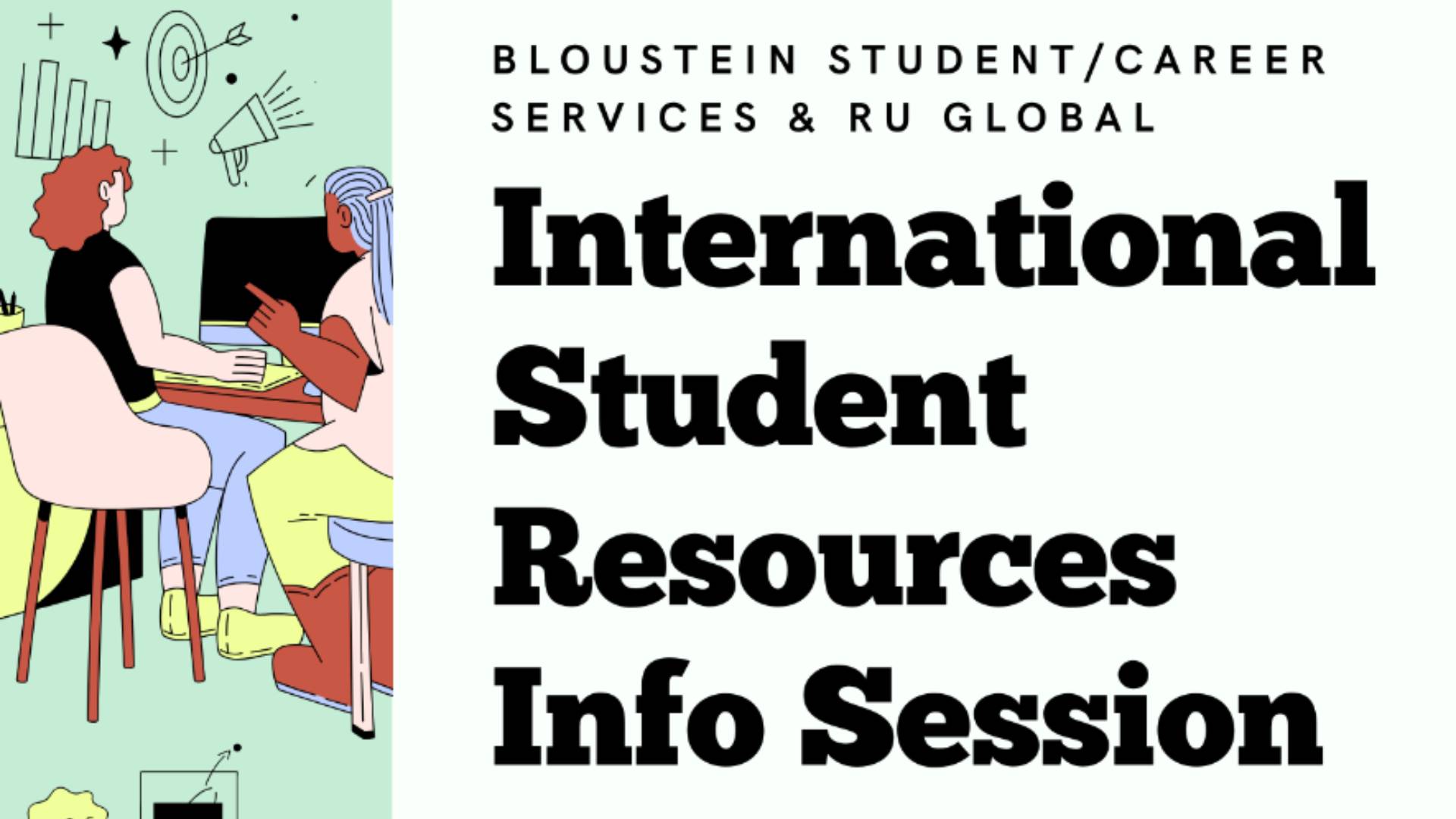A recent analysis of global research output by the Australian Strategic Policy Institute (ASPI) concluded that China leads in 37 of 44 technology areas. China has “built the foundations to position itself as the world’s leading science and technology superpower, by establishing a sometimes stunning lead in high-impact research across the majority of critical and emerging technology domains,” the ASPI wrote.
Fortunately, the think tank is measuring competitiveness by the number of research papers published–a deeply flawed measure because, even in peer-reviewed international journals, some published Chinese research, motivated only by government incentives, has been found to be fraudulent or irrelevant. Even so, China is a serious contender in science and innovation…
President Biden is seeking nearly $3 billion in funding to re-launch a cancer moonshot he first launched in 2016. This too is a great investment, but imagine how rapidly a global coalition could make progress. Such a global effort would also reduce the potential for powerful pharma firms to extort excessive profits funded from the public purse, a problem commonly arising in U.S. research investments.
Such collaborations–ones involving common problems and global solutions–are what the U.S. should focus on, academics Leonard Lynn of Case Western University and Hal Salzman, of Rutgers University concluded in a recent paper in the National Academies of Sciences’ journal, Issues in Science and Technology. Lynn and Salzman cite the European Organization for Nuclear Research, CERN, as exemplary.
CERN was founded in the ’50s by 12 European countries concerned that progress in subatomic physics increasingly required Big Science experimental facilities available only in the United States and the Soviet Union, where the work was associated with the development of weapons. European scientists had to go to the U.S., to conduct such research, and many of them wanted to avoid contributing to knowledge that would increase the threat of nuclear war. CERN was able to create a governance structure that gives voice to member states that vary greatly in size, wealth, and cultural values–and to design a fair funding and reward system. And CERN did achieve its goals. In addition to pathbreaking research in subatomic physics, CERN is credited with nurturing technology that is now used around the world, most notably, the World Wide Web, the first web server, the touchscreen, and medical technologies such as imaging used in cancer detection.
Building upon the work of Nobel Laureate Elinor Ostrom, as well as the paradigmatic successes of global collaborations such as CERN, Lynn and Salzman propose the development of new Science, Technology, and Innovation (STI) Global Commons to unite nations around the world in extending various innovation frontiers for the common good. Through open access to global talent, and organized on principles of democratic governance and equity in participation and access to the resulting knowledge and products, this approach can unite nations in collaborations that will provide shared benefits over zero-sum belligerent, extractive, and isolationist strategies.
The recent experience with COVID vaccines demonstrates some of the disadvantages of techno-nationalist strategies. China’s refusal to participate in global standard innovation left it with a dramatically inferior vaccine. The U.S., Germany, and the U.K., along with other nations, took advantage of years of public investment in developing the mRNA vaccines but, hindered by powerful corporate interests, placed few responsibilities on the firms that commercialized those vaccines. Most egregiously, Moderna minted a number of overnight billionaires and then, deciding that that wasn’t enough, fought the National Institutes of Health for exclusive patents, and denied low-income countries equitable access to their vaccine. The company eventually made it available to poor nations–but it was too late to make a big difference
What Lynn and Salzman propose would address both sides of the problem: uniting nations and global talent for innovation that is open, democratically governed, and equitable. Ostrom demonstrated through empirical cases in years of research that limited natural resources can be collectively and equitably managed. CERN has demonstrated for more than half a century that the science community can effectively transcend national borders, producing not only cutting-edge science but also everyday innovations and providing countries large and small, rich and poor, with opportunities for participation and access on equitable terms.
Just as the U.S. formed a tri-lateral security pact, AUKUS with the U.K. and Australia largely to stand together against emerging threats and formed NATO to defend against Russia, it needs scientific partnerships to solve global problems and uplift humanity.
A joint scientific effort that aims to uplift humanity is more likely to appeal to countries like India–and attract the best talent–than a military or a political alliance.
We can strengthen existing alliances by collaborating in the public interest in critical areas, from conquering cancer to addressing poverty and pandemics. Science and technology for these great challenges are too important to be mired in futile techno-nationalist policies.



